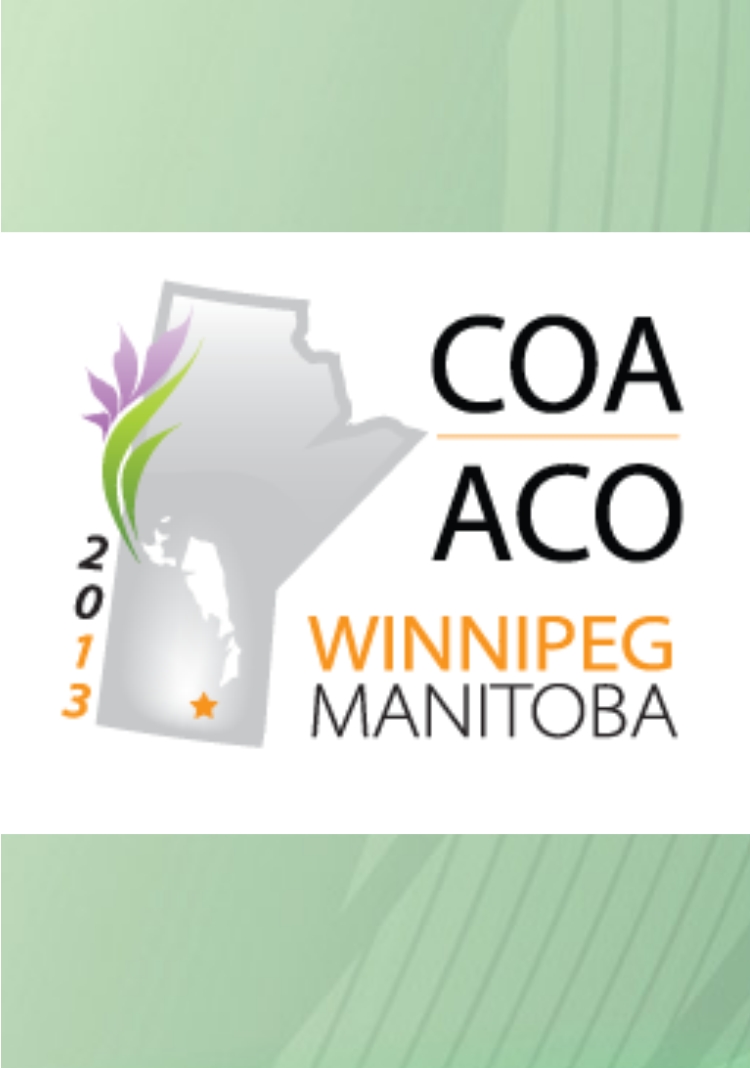
COA: No difference between sutures & staple closure complication in orthopaedic surgery

COA: No difference between sutures & staple closure complication in orthopaedic surgery
Sutures versus staples for wound closure in orthopaedic surgery: A pilot randomized controlled trial
CONFERENCE ACE REPORTS
This ACE Report is a summary of a conference presentation or abstract. The information provided has limited the ability to provide an accurate assessment of the risk of bias or the overall quality. Please interpret the results with caution as trials may be in progress and select results may have been presented.
Synopsis
197 patients undergoing an orthopaedic surgery were randomized to wound closure with suture or staples to determine the effect of each on postoperative wound complications. Results after 6 weeks indicated that there was no statistical difference between the two wound closure methods on occurrence of wound complications. While less time was needed to perform closure with staples, less pain was expe...
To view the full content, login to your account,
or start your 30-day FREE Trial today.
FREE TRIAL
LOGIN
Forgot Password?
Explore some of our unlocked ACE Reports below!

Learn about our AI Driven
High Impact Search Feature
Our AI driven High Impact metric calculates the impact an article will have by considering both the publishing journal and the content of the article itself. Built using the latest advances in natural language processing, OE High Impact predicts an article’s future number of citations better than impact factor alone.
Continue



 LOGIN
LOGIN

Join the Conversation
Please Login or Join to leave comments.